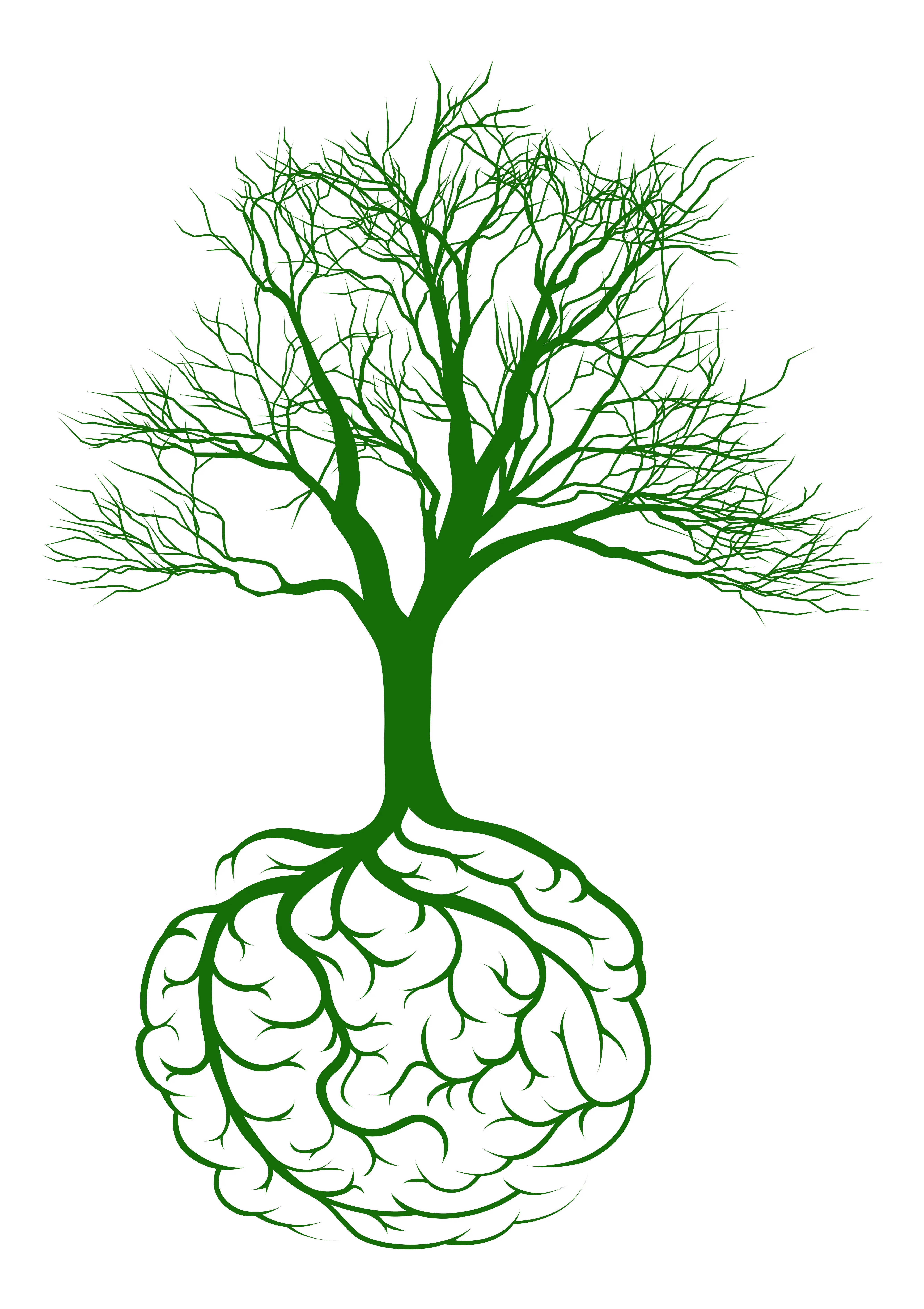
You may have heard of EMDR Therapy through therapists, friends, doctors, or even seen it in movies. When I tell people that I am trained in Eye Movement Desensitization and Reprocessing (EMDR) Therapy, I often get a blank stare, a look of poilte skeptisicm or questioned about its effectivness. Once considrered controversial, EDMR Therapy is often misunderstood and that stems from misinformation. EMDR is a form of therapy that was developed by Francine Shapiro, Ph.D., and has exponentially grown in popularity, and has stood up to scrutiny by a number of organizations as an effective form of therarpy. There have been over 20 randomized controlled studies done on EMDR. All of these studies have proven that EMDR can decrease stress related to trauma and PTSD, anxiety, depression and other distruptions caused by traumatic events. This therapy is based on the idea that when we experience a situation that cases a great deal of emotional distress, these memories are procsessed by the brain resulting in painful feelings. With EMDR these memories can be reprocessed and exchanged for a more resolved or peaceful feeling.
How does it work?
Well, we’re not entirely sure. However, what does seem to happen is that traumatic memories are moved from one area of the brain where they are causing havoc to another area where they are perceived as unpleasant, but not all-consuming. The way this happens is by pairing the old memory with new, current, information while engaging in Dual Action Stimulation (DAS).
This is where the eye movement part comes in. It is thought that moving the eyes back and forth keeps the attention partially in the present which is a good thing for processing memories. Further research has found that alternating sounds or tactile “buzzies” (held in each hand) has the same effect, if you choose to engage in this type of therapy, you might get a choice of DAS.
If you are meeting with me or with another therapist trained in EMDR, you will be given lots of time to get used to the idea. The process has 8 phases including a detailed history and skills development for managing symptoms that might arise. All this is done in your own time, with your consent, and on your comfort level. You are in control of the entire sesstion, you are able to stop at any time.
To learn more about the theory and research on EMDR, please visit: https://emdria.omeka.net/how-to
